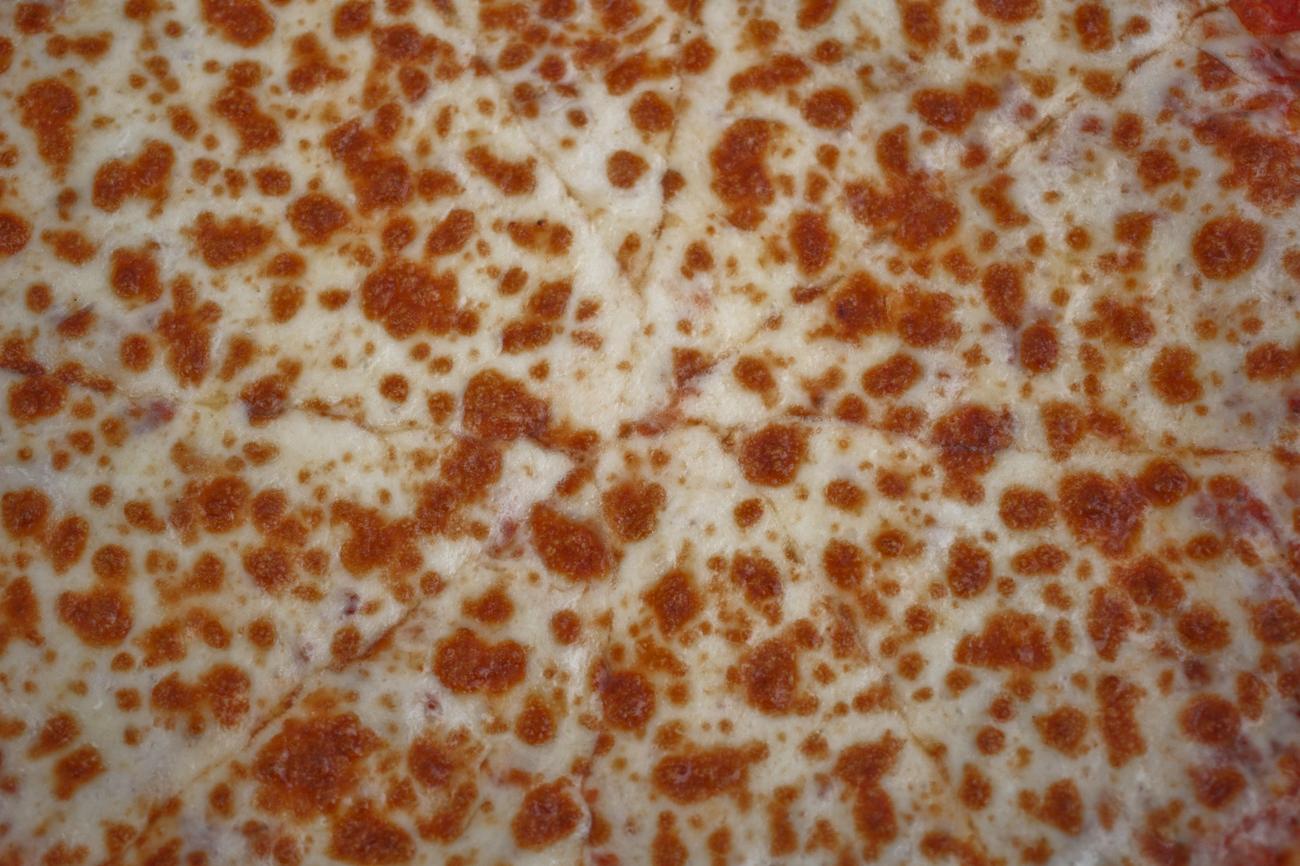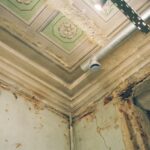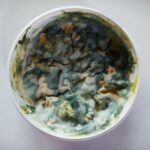Welcome to “Effective Mold Removal: Pro Tips for a Mold-Free Home”, where you will find expert guidance on how to tackle mold-related problems like a seasoned professional. As an experienced home improvement specialist with over a decade of expertise, I have encountered and successfully resolved numerous mold issues throughout my career. Mold can be not only unsightly but also dangerous to your health and the structural integrity of your home. In this article, you will gain a comprehensive understanding of mold types, causes, and the most effective removal methods. Whether you are dealing with a small spot of mold in your bathroom or a larger infestation in your basement, I am here to equip you with innovative and practical solutions to ensure a mold-free living environment. Join me on this journey as I share my knowledge and empower you to combat mold, one spore at a time.
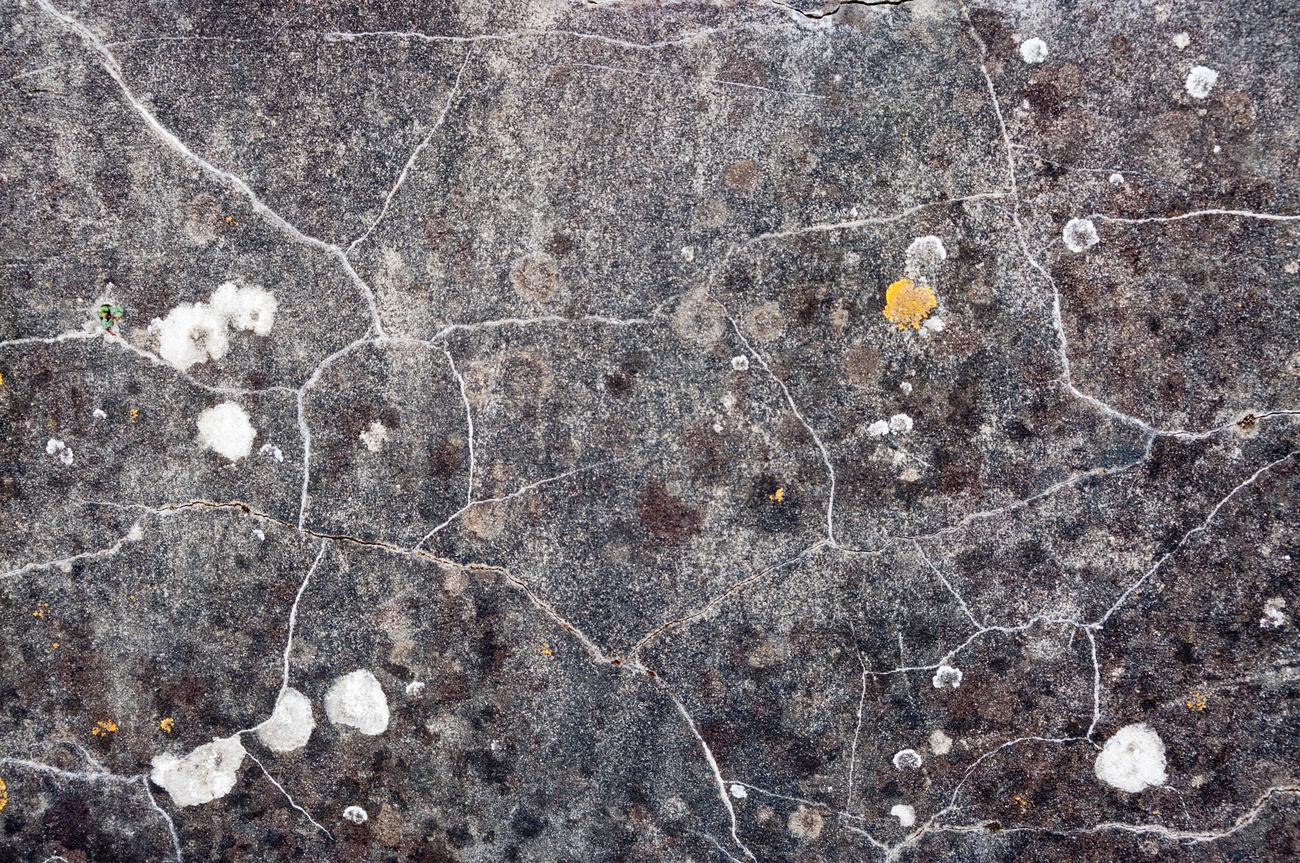
How to Remove Mold
Mold is not just unsightly; it can also be a serious health hazard and cause extensive damage to your home. If you’ve discovered mold in your living space, it’s crucial to remove it effectively to ensure a mold-free home. In this article, we will provide you with expert tips and techniques on how to remove mold and prevent it from reoccurring.
Identifying the Type of Mold
Before diving into the removal process, it’s essential to identify the type of mold you are dealing with. Different molds require different removal methods and precautions. Black mold, for example, is notoriously toxic and should only be handled by professionals. However, if you’re confident that the mold you are dealing with is non-toxic, you can proceed with the removal process using the following steps.
Getting Started: Safety First
Before you begin the mold removal process, ensure your safety by wearing personal protective equipment, including safety glasses and gloves. Mold spores can cause various health issues when inhaled or come into contact with your skin. By taking these precautions, you can minimize your exposure to mold spores and protect your health.
Step 1: Contain the Area
To prevent mold spores from spreading to other areas of your home during the removal process, it is crucial to contain the affected area. Close all windows and doors leading to other rooms and use plastic sheets and duct tape to seal off any openings. Additionally, using a fan or opening windows in the affected area can help direct mold spores outside.
Tip: “Containment is key! By sealing off the affected area, you prevent mold spores from spreading, minimizing the risk of further contamination.”
Step 2: Cleaning Non-Porous Surfaces
For non-porous surfaces such as glass, tile, or metal, a simple cleaning solution of detergent and water can effectively remove mold. Scrub the affected area thoroughly, ensuring you reach all crevices and corners. Afterward, dry the surface completely to prevent mold from returning.
Quote: “When it comes to non-porous surfaces, a little bit of scrubbing with detergent and water can go a long way in removing mold effectively.”
Step 3: Addressing Porous Surfaces
Porous surfaces like drywall, upholstery, and carpets can be a bit trickier to clean. In many cases, these materials may need to be removed and replaced if the mold infestation is severe. However, for less severe cases, you can try cleaning the surfaces with a damp cloth or sponge and a mixture of detergent and water. Let the surface dry thoroughly, and monitor it closely for any signs of mold regrowth.
Tip: “Porous surfaces can be more challenging to clean thoroughly. If the mold persists or returns, it might be necessary to seek professional help or consider replacing the affected materials.”
Step 4: Applying Mold-Killing Solutions
To ensure complete mold removal, it is essential to use mold-killing solutions. Chlorine bleach, vinegar, lemon juice, and certain commercial sprays can effectively eliminate mold. However, always follow the instructions provided with the chosen solution and wear protective gear during application. Mix a solution of 1 cup bleach to 1 gallon of water and apply it to non-porous surfaces. Allow the solution to sit for 10-15 minutes before thoroughly rinsing and drying the area.
Quote: “When it comes to killing mold, utilizing mold-killing solutions can help eliminate the problem at its core, providing you with a mold-free environment.”
Step 5: Handling Mold on Fabrics
Removing mold from fabrics requires a slightly different approach. Start by taking the affected items outside and use a brush to remove any visible mold spores. Next, wash the fabrics with hot water and detergent. If the items are not machine-washable or delicate, consider dry cleaning them instead.
Tip: “Mold on fabrics can be stubborn to remove, but with the right techniques, you can salvage your belongings and prevent further mold growth.”
Step 6: Preventing Future Mold Growth
To ensure a mold-free home in the long term, it’s vital to address the root causes of mold growth. Repair any water leaks or spills promptly to prevent moisture accumulation. Additionally, keeping your home well-ventilated by using fans or opening windows can help control humidity levels. Finally, investing in a dehumidifier can be an effective way to keep moisture levels down, reducing the risk of mold growth.
Quote: “Prevention is key! By addressing the underlying causes of mold growth, you can create a safe and mold-free environment for you and your family.”
By following these expert tips and techniques on how to remove mold, you can effectively eliminate this fungal problem and create a healthier, more comfortable living space. Remember, if you encounter severe mold infestations or toxic molds like black mold, it’s always best to consult professionals for safe and thorough removal. Don’t let mold take over your home; take control and reclaim a clean, mold-free environment today!
Mold is a common household problem that can have serious health consequences if left unaddressed. If you’re curious to learn more about this pesky fungus, click here for 10 fascinating facts about mold. Trust us, you won’t want to miss out on these eye-opening tidbits. So go ahead, satisfy your curiosity and click away!
How to Remove Mold: Effective Methods and Precautions
[youtube v=”Rw4o4a7XZj4″]
Identifying and Eliminating Mold: Essential Steps for a Mold-Free Home
Mold can be a persistent and unsightly problem in our homes, but with the right knowledge and techniques, you can effectively eliminate it and create a healthier living environment. In this article, we will explore the best methods and precautions for removing mold.
Understanding the Different Types of Mold
It is crucial to identify the type of mold before attempting to remove it, as different molds require different removal methods and precautions. By understanding the specific mold you are dealing with, you can tailor your approach to ensure effective removal.
Prioritize Personal Protective Equipment (PPE)
Before starting the mold removal process, it is important to wear personal protective equipment to minimize exposure to mold spores. This includes gloves, goggles, and a respirator mask. This will safeguard your health and prevent any potential respiratory issues or allergic reactions.
Proper Containment Measures
To prevent mold spores from spreading throughout your home, it is essential to contain the affected area. Close windows and doors, and use plastic sheets and duct tape to seal off any openings. This will prevent cross-contamination and protect other areas of your home from mold growth.
Effective Cleaning Methods for Non-Porous Surfaces
Non-porous surfaces can be effectively cleaned using a mixture of detergent and water, followed by thorough drying. This simple yet effective method helps remove mold and prevents its regrowth. Remember to dry the area completely to discourage any lingering moisture that could promote further mold growth.
Treating Mold on Porous Surfaces
Porous surfaces, such as fabrics or carpets, require special attention when dealing with mold. For severe infestations, it may be necessary to remove and replace the affected material. However, for less severe cases, you can clean these surfaces using a damp cloth or sponge and a mixture of detergent and water.
Effective Mold-Killing Solutions
Mold-killing solutions such as chlorine bleach, vinegar, lemon juice, or commercial sprays can be used on non-porous surfaces. It is important to carefully follow the instructions provided by the manufacturer and wear appropriate protective gear, as some solutions may emit strong fumes. Always exercise caution and ensure proper ventilation when using these products.
“Proper application of mold-killing solutions, in line with the manufacturer’s instructions, ensures safe and effective removal of mold.”
Removing Mold from Fabric
Mold on fabrics can be removed by brushing off visible spores and washing them with hot water and detergent. Delicate items should be dry cleaned. By promptly addressing mold growth on fabrics, you can prevent further damage and ensure a clean and hygienic living space.
Preventing Future Mold Growth
Preventing future mold growth involves addressing the root causes behind it. Repair any water leaks or spills to eliminate sources of moisture. Ensure proper ventilation in your home, especially in areas prone to dampness, such as bathrooms and basements. Additionally, using a dehumidifier can help control moisture levels and discourage mold growth.
Consulting Professionals for Severe Mold Infestations
For severe mold infestations or toxic molds like black mold, it is best to consult professionals. They have the expertise and equipment to safely and thoroughly remove such infestations. By seeking professional help, you can ensure a mold-free environment and protect the health of you and your loved ones.
“When dealing with severe mold infestations or toxic molds, it is crucial to consult professionals for safe and thorough removal.”
In conclusion, mold removal requires careful consideration and appropriate methods to ensure the complete eradication of mold. By following the steps outlined in this article, you can effectively eliminate mold and create a healthier living space for you and your family. Remember to always prioritize safety and consult professionals when necessary.
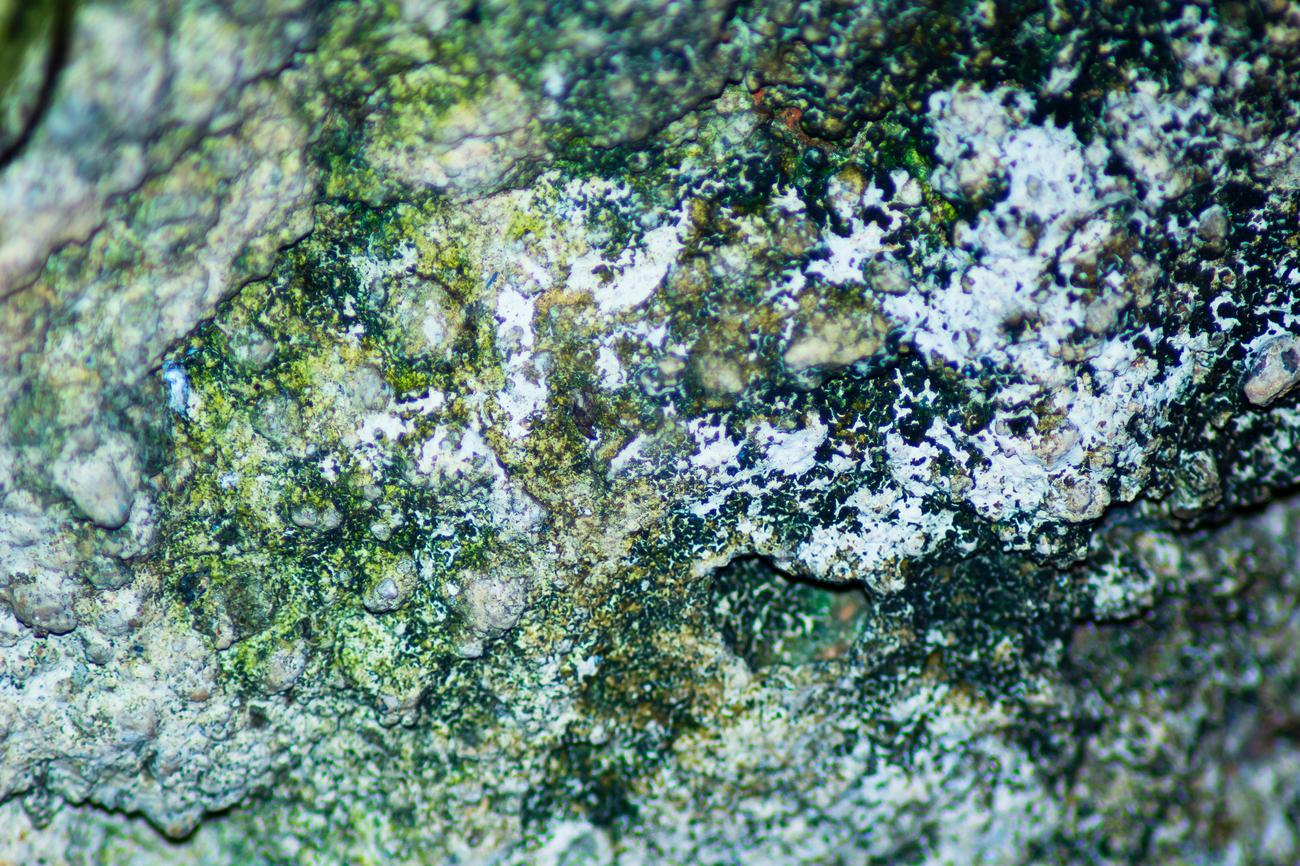
FAQ
Q: What is mold and why is it a problem in homes?
A: Mold is a fungus that grows in damp and dark places, and it can cause health problems and damage to your home. It thrives in areas with high moisture levels and can easily spread, leading to structural damage and respiratory issues if left untreated.
Q: How can I prevent mold from growing in my home?
A: To prevent mold, it’s crucial to control moisture indoors. This can be done by using fans and windows to ventilate, fixing any water leaks or spills promptly, and keeping areas that see a lot of moisture well-ventilated. Investing in a dehumidifier can also help maintain optimal moisture levels and prevent mold growth.
Q: How do I remove mold from hard surfaces?
A: To remove mold from hard surfaces, first, scrub the affected area with a mixture of detergent and water. Then, thoroughly dry the surface to prevent the mold from returning. If the mold has penetrated porous materials, it may be necessary to replace or discard them.
Q: What can I use to kill mold effectively?
A: There are several options for killing mold, including bleach, vinegar, lemon juice, and commercial sprays. When using these substances, it’s essential to follow the instructions provided and wear protective gear such as safety glasses and gloves to avoid exposure to mold spores.
Q: How can I remove mold from fabrics?
A: To remove mold from fabrics, take them outside and brush off any visible spores. Then, wash them with hot water and detergent or consider dry cleaning them if necessary. It’s important to ensure the fabrics are thoroughly dry before storing them to prevent mold from returning.
